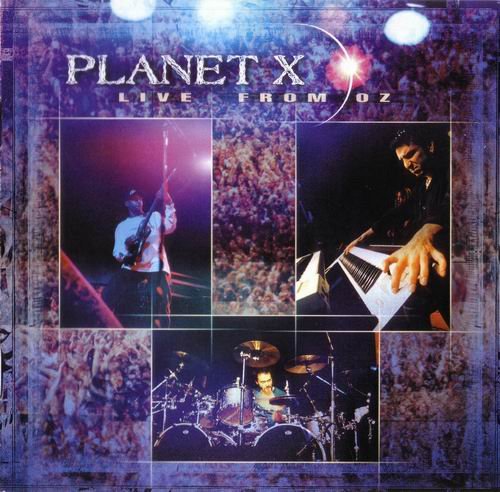Marcin Wasilewski Trio - January (2008) [CDRip]
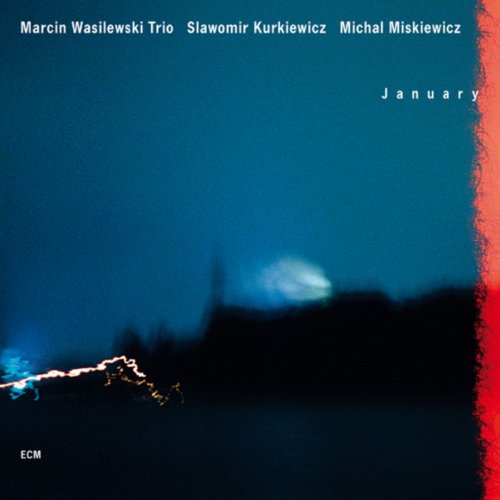
Artist: Marcin Wasilewski Trio
Title: January
Year Of Release: 2008
Label: ECM
Genre: Jazz, Post-Bop, Modern Creative
Quality: FLAC
Total Time: 01:10:48
Total Size: 406 MB
WebSite: Album Preview
Tracklist:Title: January
Year Of Release: 2008
Label: ECM
Genre: Jazz, Post-Bop, Modern Creative
Quality: FLAC
Total Time: 01:10:48
Total Size: 406 MB
WebSite: Album Preview
01. The First Touch (4:14)
02. Vignette (8:08)
03. Cinema Paradiso (8:33)
04. Diamonds and Pearls (5:49)
05. Balladyna (6:46)
06. King Korn (6:45)
07. The Cat (9:58)
08. January (8:38)
09. The Young And Cinema (9:10)
10. New York 2007 (2:46)
On their sophomore effort for ECM, the Marcin Wasilewski Trio (pianist Marcin Wasilewski, bassist Slawomir Kurkiewicz, and drummer Michal Miskiewicz -- who are also Polish trumpet maestro Tomasz Stanko's rhythm section) reflect the true sign of their maturity as a group of seasoned jazz musicians and risk-takers. Their debut album, simply called Trio, merely reflected to American and Western European audiences the wealth of talent, vision, and discipline that Polish and Eastern Europe's audiences had known for over a decade. (The group recorded five previous albums in its native country between 1993 and 2004.) They came together in 1991 as teenagers: Wasilewski and Kurkiewicz were only 16 and had already been playing together for a year when they met up with Miskiewicz. In 1993 they began playing behind Stanko, and eventually became his recording group as well. They were first heard on his 2001 album The Soul of Things, as well as his subsequent ECM outings, Suspended Night and Lontano. But all of this is history and history only. It doesn't begin to tell of the magic and mystery found in this beautiful album. There are four Wasilewski compositions in this ten-cut set. They range from the lovely songlike opener, "The First Touch," with its romantic melody that suggests Bill Evans' late "Song for Evan" period, as well as elliptical European improvisers like Bobo Stenson. But it's that inherent sense of dimension and space that is in all the best Polish jazz that makes this is such a stellar tune. The utterly lyrical brush and cymbal work by Miskiewicz and present yet uncluttered bassline of Kurkiewicz allow the full range of Wasilewski's reach from melodic invention to gently ambiguous modal exploration to come to the fore. The group's reading of Ennio Morricone's "Cinema Paradiso" underscores the deep and inseparable relationship between Polish jazz and the cinema that has existed since the collaborations between director Roman Polanski and Stanko's first boss, pianist and composer Krzysztof Komeda. The sense of dynamic that the trio goes for on this piece is perhaps less forcefully pronounced than the composer's, but it is almost a reading of its other side, where the brooding aspects of the original give way to something fuller and more picaresque, while allowing its sense of nostalgia and memory free rein inside the narrative of the tune.
This is followed by one of the set's true highlights, a killer jazz reading of Prince's "Diamonds and Pearls," led by a tough little three-note bass intro by Kurkiewicz; he proceeds to underscore every note in the melody with a fill. It's difficult to know for the first couple of minutes exactly what the trio is getting at here, but just before the extrapolation of the harmony and its inversion it becomes clear and it gains a more aurally recognizable quality. The tune is soulful and romantic, and contains all of the inherent lyricism that Prince employs in its chord structure, adding just a little of jazz's sense of adventure in the final third of the tune and wrapping it all together into something new. This is a worthy interpretation if there ever was one. Interestingly, the trio tackles some tunes by ECM standard-bearers as well. There are innovative, challenging, and very fresh-sounding versions of Gary Peacock's "Vignette," Carla Bley's "King Korn" (which retains all of its knotty humor and then adds some of its own), and Stanko's gorgeous and enduring "Balladyna"-- the title cut from his own ECM debut back in the 1970s. Three longer Wasilewski compositions -- "The Cat," the title track, and another crack at the relationship between Polish film and jazz in "The Young and the Cinema" -- dominate the second half of the record by giving the band a chance to really stretch and fly. All of these tunes, but particularly the last one, reveal the trio members' ability to swing effortlessly together no matter how complex the music gets as it moves from post-bop to angular impressionistic jazz. The final cut is a muted improvisation that is, if anything, all too brief. This is terrific second effort by a band that, despite the fact that its members have been together for 17 years, is only really coming into its own in the present moment.
This is followed by one of the set's true highlights, a killer jazz reading of Prince's "Diamonds and Pearls," led by a tough little three-note bass intro by Kurkiewicz; he proceeds to underscore every note in the melody with a fill. It's difficult to know for the first couple of minutes exactly what the trio is getting at here, but just before the extrapolation of the harmony and its inversion it becomes clear and it gains a more aurally recognizable quality. The tune is soulful and romantic, and contains all of the inherent lyricism that Prince employs in its chord structure, adding just a little of jazz's sense of adventure in the final third of the tune and wrapping it all together into something new. This is a worthy interpretation if there ever was one. Interestingly, the trio tackles some tunes by ECM standard-bearers as well. There are innovative, challenging, and very fresh-sounding versions of Gary Peacock's "Vignette," Carla Bley's "King Korn" (which retains all of its knotty humor and then adds some of its own), and Stanko's gorgeous and enduring "Balladyna"-- the title cut from his own ECM debut back in the 1970s. Three longer Wasilewski compositions -- "The Cat," the title track, and another crack at the relationship between Polish film and jazz in "The Young and the Cinema" -- dominate the second half of the record by giving the band a chance to really stretch and fly. All of these tunes, but particularly the last one, reveal the trio members' ability to swing effortlessly together no matter how complex the music gets as it moves from post-bop to angular impressionistic jazz. The final cut is a muted improvisation that is, if anything, all too brief. This is terrific second effort by a band that, despite the fact that its members have been together for 17 years, is only really coming into its own in the present moment.
![Rachel Kitchlew, SFJ - Flirty Ghost (2025) [Hi-Res] Rachel Kitchlew, SFJ - Flirty Ghost (2025) [Hi-Res]](https://www.dibpic.com/uploads/posts/2025-12/1765896408_qvf41hr1ljj8a_600.jpg)
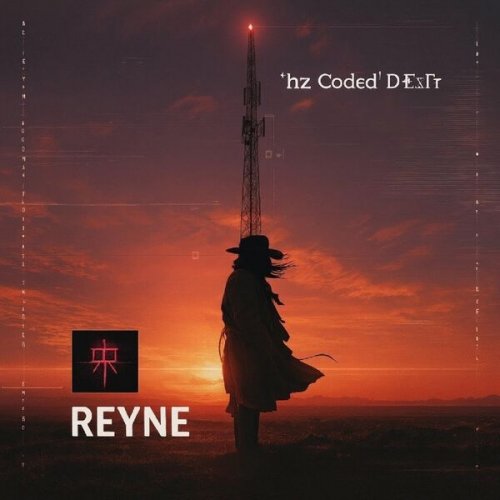
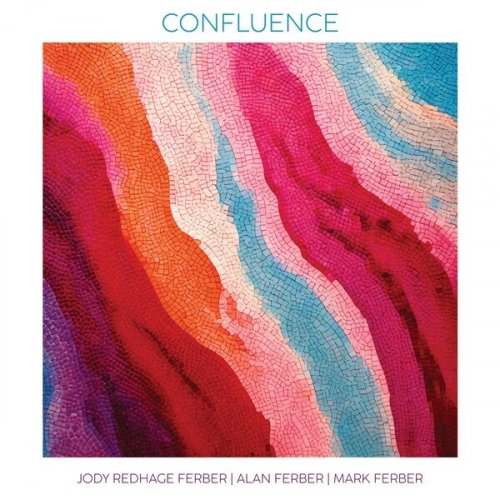
![Tomasz Stańko - Piece for Diana and Other Ballads (Polish Radio Sessions vol. 1/6) (2025) [Hi-Res] Tomasz Stańko - Piece for Diana and Other Ballads (Polish Radio Sessions vol. 1/6) (2025) [Hi-Res]](https://www.dibpic.com/uploads/posts/2025-12/1765788761_cover.jpg)
![NYO Jazz - Live in Johannesburg (Live) (2025) [Hi-Res] NYO Jazz - Live in Johannesburg (Live) (2025) [Hi-Res]](https://www.dibpic.com/uploads/posts/2025-12/1765894703_zwp14vk90corb_600.jpg)
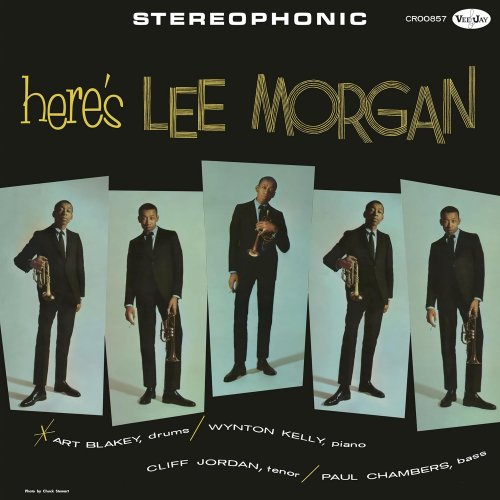

![Dave Holland - Emerald Tears (1977/2025) [Hi-Res] Dave Holland - Emerald Tears (1977/2025) [Hi-Res]](https://www.dibpic.com/uploads/posts/2025-12/1765891427_cover.jpg)
